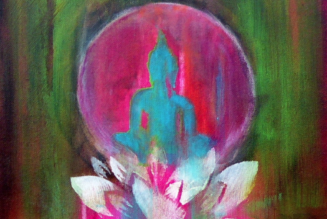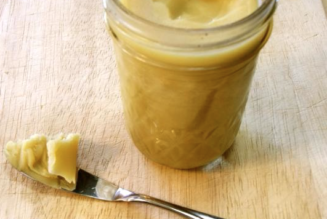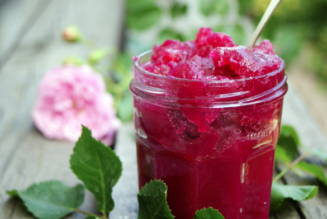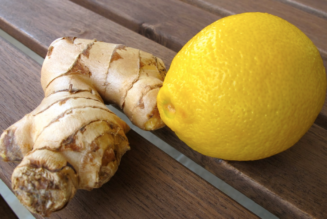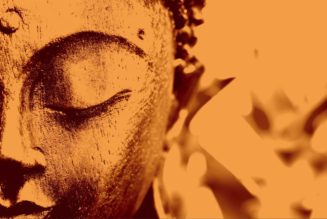Healing Through The Doors Of Perception
According to the ancient wisdom of Ayurveda, the two governing principles of creation are “Purusha” [i..e. Awareness] and “Prakruti” [i.e. Creative Dynamism]. The ancient teachings explain that this model of creation exists as a whole – the universe and the individual being the same separated only by degree. In essence, all creation is one.
“As a child is born in its mother’s womb, so the universe is born
within the womb of Prakruti, the divine mother.”
– Dr. Vasant Lad, Ayurvedic Physician
Purusha – choiceless passive awareness; bliss; pure being
Prakruti – creative intelligence, potentiality, dynamism
What Is Ayurveda? … “Ayurveda Is The Science Of Right Living.”
The Doors Of Perceptions
The ancient vedic science of Ayurveda has long used the organs of perception [i.e. senses] to help bridge the gap between the reality and the seemingly unreal. Ayurveda describes these doors of perception as being the way to help bring about balance and even further – heal.
- sound [shabda] – ether element
- touch [sparsha] – air element
- vision [rupa] – fire element
- taste [rasa] – water element
- smell [gandha] – earth element
Sound – Ether Element
In many cultures, sound is considered the root energy behind all of creation. For example, the Holy Bible states that there was sound and that sound was God. Similarly, vedic culture explains that the universe reverberates to a cosmic vibration of ‘Aum’. Even contemporary thought explains the birth of creation originating from a ‘Big Bang’.
“Mantras – create radical change in the person’s neurochemistry.”
– Dr. Vasant Lad
Mantra
“Mantra means a sound, a certain utterance or a syllable. Today, modern science sees the whole existence as reverberations of energy, different levels of vibrations. Where there is a vibration, there is bound to be a sound. So, that means, the whole existence is a kind of sound, or a complex amalgamation of sounds – the whole existence is an amalgamation of multiple mantras. Of these, a few mantras or a few sounds have been identified, which could be like keys. If you use them in a certain way, they become a key to open up a different dimension of life and experience within you.” – Sadhguru
Touch – Air Element
The skin provides the ability to heal through touch. The healing touch may include various modalities of healing such as massage, acupuncture and acupressure, deep connective tissue work, and various other modalities of healing such as reiki, polarity therapy etc.
Abhyanga – Ayurvedic Oil Massage
Ayurveda describes in great detail the benefits of daily oil massage. Not only is massage comforting to the body but essential for overall health and well-being.
“Give yourself a full-body oil massage on a daily basis. It is nourishing; pacifies the doshas; relieves fatigue; provides stamina, pleasure and perfect sleep; enhances the complexion and the luster of skin; promotes longevity; and nourishes all parts of the body.” – Ancient Wisdom Of Ayurveda
Marma Therapy
Marma therapy is an ancient practice whose focus is the directing of subtle energy (prana) in the body for the purposes of supporting the healing process. Marma therapy is based on the utilization of 107 points in the body which are considered to be access points to body, mind and consciousness.
Vision – Fire Element
The world is full of vibration and every color is a display of a unique frequency and vibration. Ayurveda describes ‘rupa‘ as that which provides vision, color, light, and form. The use of colors [chromotherapy] is a vast science and takes into consideration the influence that color has on the physical and mental bodies, aura, chakras, doshas, etc.
Color Therapy
From a holistic perspective, we can think of our physical body as condensed light with each individual having a unique signature of vibrational energy.
Vata Colors: blue, indigo, purple and violet
Pitta Colors: red, orange, and yellow
Kapha Colors: green, gray, and white
“Based upon the prakruti [balanced state] and vikruti [imbalanced state] paradigm,
the different colors can be used for healing purposes.”
– Dr. Vasant Lad
Taste – Water Element
Rasa has many meanings. For example, rasa can mean juice, taste, comprehension, melody and harmony. For now, we consider rasa to mean taste. There are specialized taste buds on the tongue which perceive the six tastes in our diet. Ayurveda explains an interesting relationship between taste, the power of digestion, and the therapeutic effects which food has upon both the body and mind.
Examples:
Sweet, Sour, Salty – pacify vata dosha, increase kapha dosha
Pungent, Bitter, Astringent – increase vata dosha, pacify kapha dosha
Click Here – To Learn More About The Six Tastes
Smell – Earth Element
The sense of smell has a deep primal connection to the nervous system and consciousness. Ayurveda uses various aromas such as essential oils, incense, and natural fragrances in order to help balance the body [i.e. doshas, dhatus, malas].
Scented Oils
Essential oils are often the most common and practical way of using aromatherapy. By simply placing certain oils, preferably on marma points, can help to balance doshas and provide a sense of well-being.
Vata: Lavender, rose, jasmine or nutmeg.
Pitta: Sandalwood, fennel, lemongrass or mint.
Kapha: Rosemary, myrrh, clove or eucalyptus.
Note:
Some oils are tri-doshic such as Tulsi, Rose and Sandalwood.
Clove and Myrrh are good for Vata as well.
Disclaimer:
This information is strictly for educational purpose only and not considered medical advice. Always first discuss with your primary care physician before considering any new health regimen.
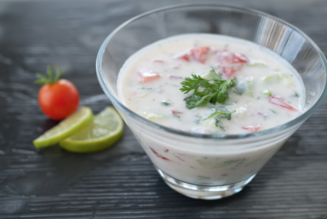
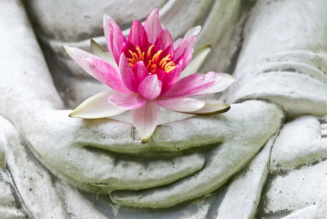
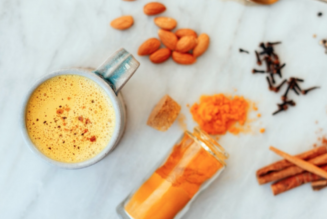
![Female Health: Amenorrhea [cessation of menses] – An Ayurvedic Perspective](https://healthyayurveda.com/wp-content/uploads/2015/07/1.-Amenorhea--327x219.png)
